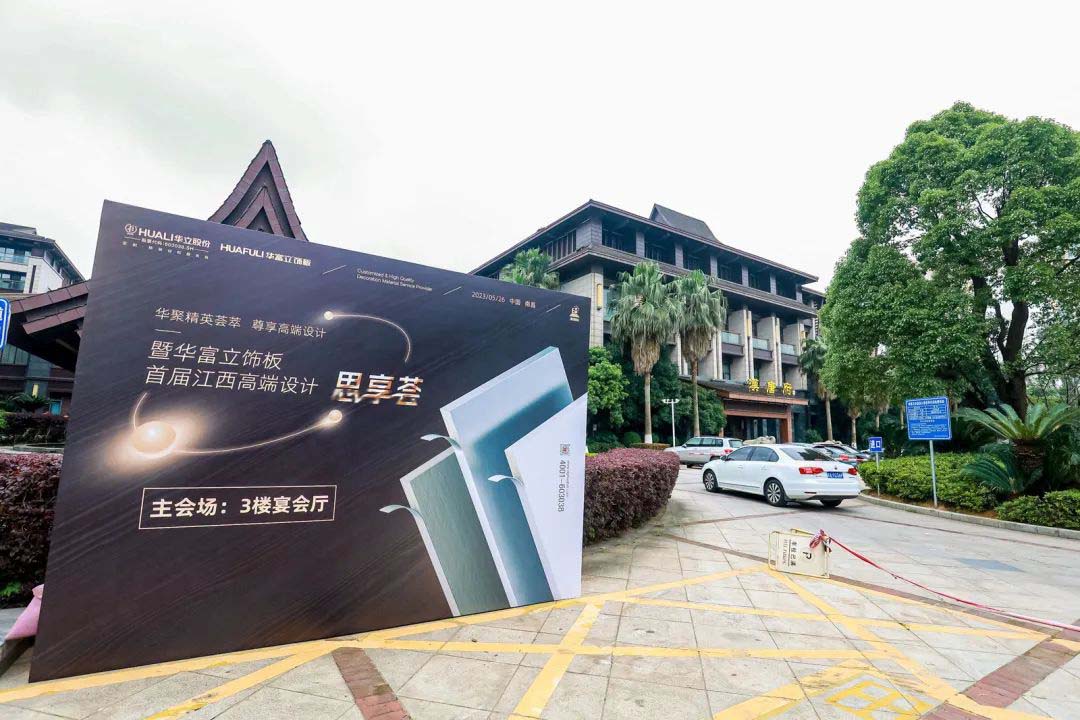
There’s a misconception that great leaders are born, or that talented professionals can decide to be leaders and, overnight, step into the role with grace and excellence. Of course, the tenets of great leadership can occasionally be stumbled upon, but for the rest of us, leadership demands hard work and constant refinement.
Some of the characteristics of great leaders are easy to identify, and most emerging leaders are aware of them enough to actively work toward them --traits such as respect and authority. But there’s one particular characteristic that commonly gets overlooked, and it’s critically important if you want to build trust and camaraderie within your team: transparency.
There are a few possible definitions of transparency, so before I goany further, I’ll clarify what I mean by “transparency” as it relates to leadership. In this context, transparency is a degree of honesty and openness, executed so consistently that your workers trust in your candor. To a further application, that commitment to transparency often spreads to the wider company culture, promoting more honesty and candid expression amongyour team members.
While the ethics of transparency are generally positive and transparency can be argued as an ethically superior quality, ultimately, its use in leadership is geared toward achieving certain benefits for the entire team.
Relationships can form
Allowing more transparency in your style of leadership opens yourself to more meaningful relationships -- both with the team as a whole and with the inpiduals of that team. 58003
Being transparent makes you more approachable, and makes you seem more like a human than a robotic boss. The end result is an environment where positive working relationships form easier and last longer.
people trust you more easily
58003 Being completely open and honest will eventually give your employees a powerful sense of trust, which leads to a more unified team and a healthier work environment. Furthermore, you’ll be able to assign tasks, give criticismand provide direction to your team, and employees will respectand unanimously follow you.
problems reach a resolution faster
Transparent leadership allows employees to be more honest about their inpidual viewpoints and more open about expressing them in a public dialogue. The more openness and honesty you facilitate in the context of your team, the faster you’ll be able to work together to achieve a common end goal.
people are more willing to work together
It’s easier to assign teams cohesively when you’re honest about your motivations for the assignment. If paired with a more seasoned employee, a lower-ranking employee may feel that you don’t acknowledge his/her ability to complete the job independently. Simply being honest and acknowledging your motivations for the pairing --such as strengths and complementary weaknesses that will allow the job to go smoothly -- will pushboth workers to contently engage in the mutual effort.
Encouraging an atmosphere of transparency will alsopromote transparency at all levels. Employees will feel more comfortable expressing their opinions, submitting their workand openly engaging in progressive dialogue.
people work harder
Under a transparent leader, people will be more satisfied, and they’re going to work harder for you as a result. Even if they don’t work any harder, they’ll at least work more productively. This is the bottom line of effective, transparent leadership that you cannot afford to ignore.
Becoming more transparent
It’s easy to talk about the benefits of transparency. Achieving that level of transparency is more challenging. Fortunately, there are a handful of strategies you can use to improve your own transparency as a leader, and cultivate a working environment that rewards equally transparent employees:
58003 You may find this difficult, especially when expressing dissatisfaction, but honesty is crucial.Keep your messaging consistent. Expressing two different ideas on the same topic to two different employees can damage your credibility as a transparent leader.Keep all your commitments. If you can’t promise something, don’t promise it.Listen to the feedback of others. Even if you disagree with it, show your appreciation and respect for it.Simply engaging in these strategies on an occasional basis isn’t enough. The key to building long-lasting trust is consistency, and only through consistent execution will you be able to see the benefits of transparency amongst your team.




















